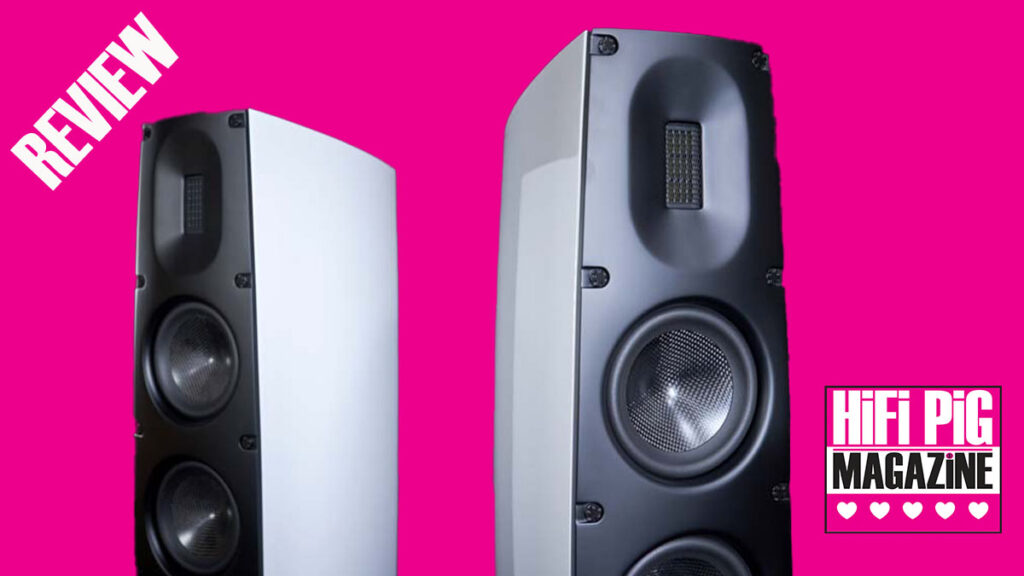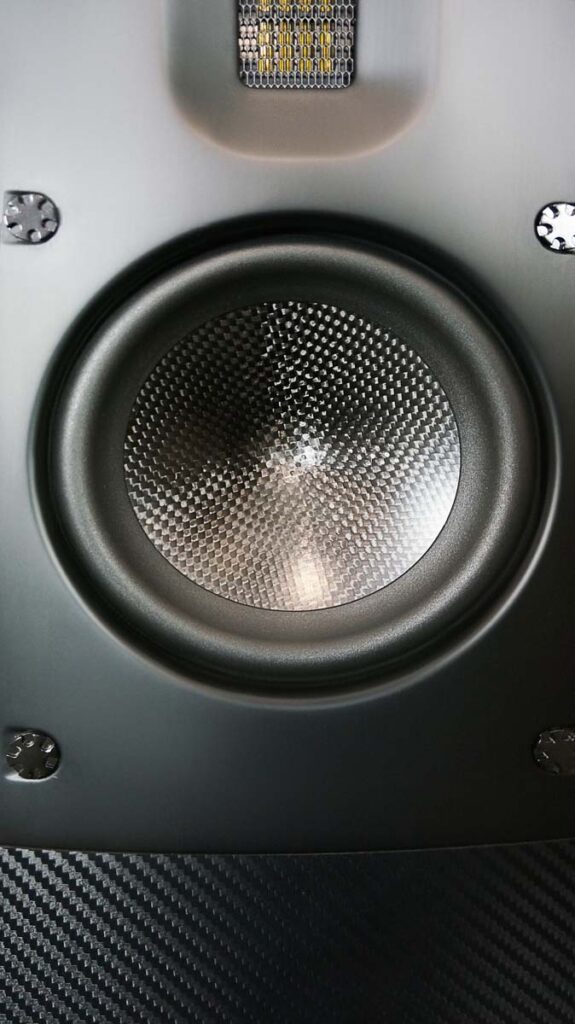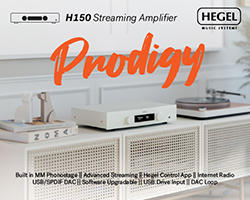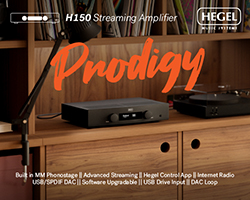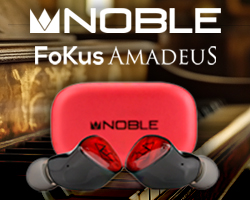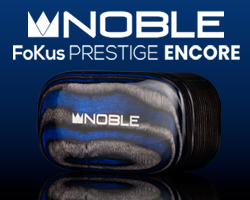SCANSONIC Q3 FLOOR STANDING SPEAKERS REVIEW
The smallest of Scansonic´s top-level Q range, the Q3 harbours more trickle-down technology from parent company Dantax´ ultra high-end Raidho brand than ever before. Does this make the Scansonics with their striking design and room-friendly dimensions a cut-price hero? Eric van Spelde takes a listen.
BUILD AND FEATURES OF SCANSONIC Q3 LOUDSPEAKERS
The Scansonic Q3 is a member of the ever-popular narrow baffle, deep enclosure, floorstanding column speaker clan – with a difference. Granted, we are used to speakers of this type departing from the rectangular box by having a baffle with rounded edges, curved sidewalls and/or an asymmetric ground plan, Scansonic´s Q-series is rather more radical than that: apart from two short stretches on top and at the bottom where the front baffle meets the rest of the enclosure, there are simply no straight lines to be seen, and no parallel surfaces, either. From the front baffle backwards, the side walls widen slightly before tapering into a boat-tail shape with a stack of three bass ports exiting like exhausts on some sort of exotic hypercar. Not just that: the side profile of the cabinet leans rearwards in a gentle curve towards the top at the pointy end, giving the impression of a boat sail. It´s a rather complex shape to make out of wood, something you´d sooner expect to be made out of glassfibre, carbon, or some sort of ceramic. All the more amazing that these cabinets not only belong to the Dantax brand operating one notch below their Raidho flagship, at a price that reads four figures rather than five or six – and that fit and finish (our review samples came in the standard-issue piano black (walnut veneer is available at a 1,000 euro premium) are exemplary. Also, some serious thought seems to have gone into (de)coupling the speaker to the floor surface – as you expect given the narrow form factor, the Q3s stand on metal outriggers, however, instead of the usual spikes these incorporate three-piece absorption feet with a generous diameter.
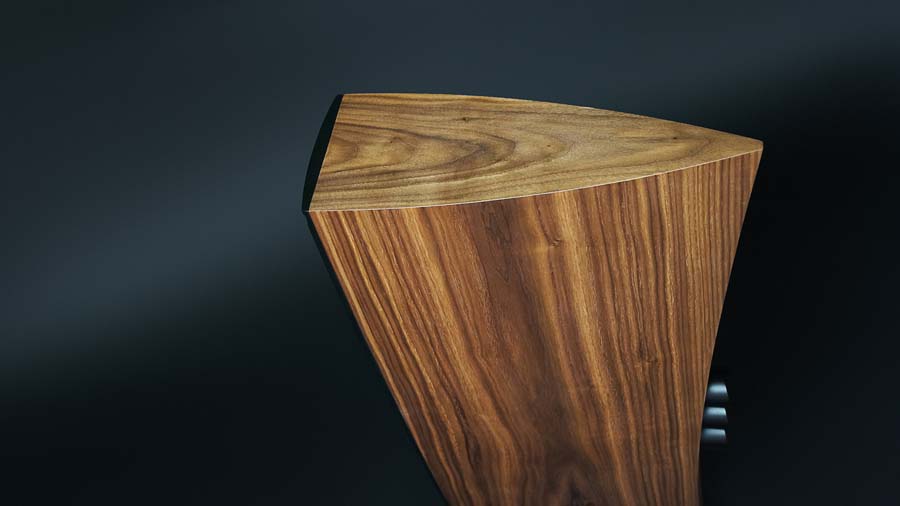

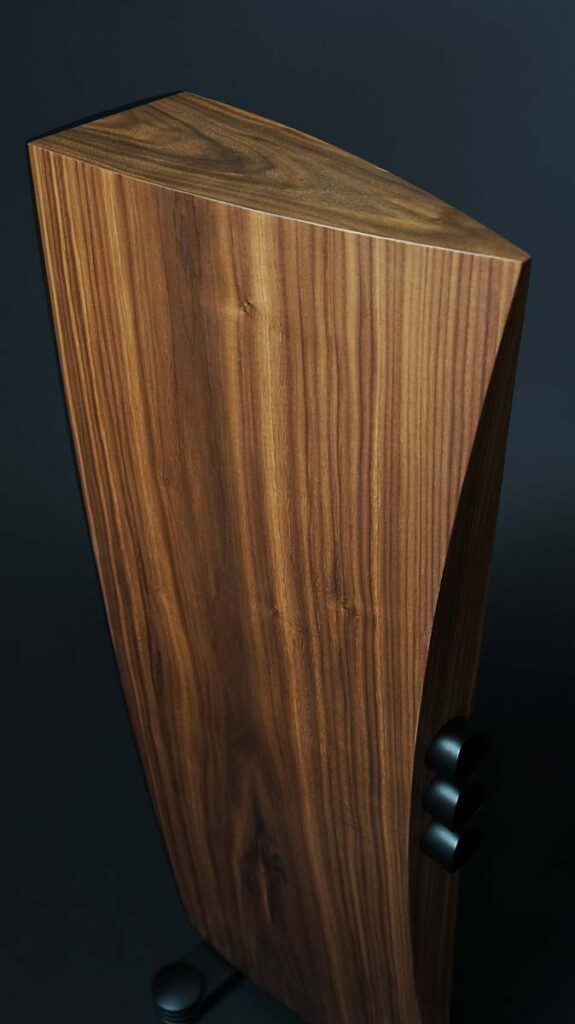

SOUND QUALITY
The slim and tapering form, of course, doesn’t only reduce the occurrence of standing waves inside the cabinet, reflecting on the drivers themselves (which is a good thing) the flipside is that the available internal volume is reduced compared to a rectangular box of similar dimensions – which usually means compromising on either low-frequency extension or sensitivity. With a pair of 5.25-inch bass drivers featuring carbon fibre membranes, Scansonic specifies a 52 Hz -6 dB point and 86 dB/2.83 m efficiency – both of which are quite modest for a floorstanding speaker. However, the number given for the low frequency cutoff point, in particular, seems unduly conservative. In a typical room, these do low bass, to the point that they can overpower smaller living spaces that from their size and shape they seem eminently suitable for. As for sensitivity, the Q3s seem to have a relatively benign impedance curve and my Copland CSA-28 integrated amp (an oldie but goodie) had no problems driving them to any desired sound pressure level in a reasonably sized room with lots of sound-absorbing items in it. All the same, I didn´t feel compelled to try my Audio Note single-ended 300Bs on them, mindful of the manufacturer´s guideline calling for ´50 Watts minimum´ and frankly, the Q3s probably aren´t an ideal party speaker anyway. Drive them too hard with stomping beats and low-frequency impulses will slightly soften, losing a bit of impact. Given that I live in an apartment building and space constraints prescribe me using them in what I would call ´semi-nearfield´ conditions (the longer sides of the ´stereo triangle´ being about two metres, with slightly less than that between the speaker centres), to me this never became a problem. Setting up the speakers according to the manufacturer´s ´quickstart´ guide that is included with the speakers, however, was: Scansonic suggests the speakers should be put at either 1/5th or 1/7th of the length of the room away from the rear wall, and no less than 90 cm away from the rear or side walls. I simply put the speakers as far into the room as my partner would tolerate, which for the distance to the rear wall, was significantly less than the recommended distance. As the room is fairly absorbent and due to me being relatively close to the speakers, high enough sound pressure levels to cause a booming bass weren´t required, this didn´t prove to be a problem.
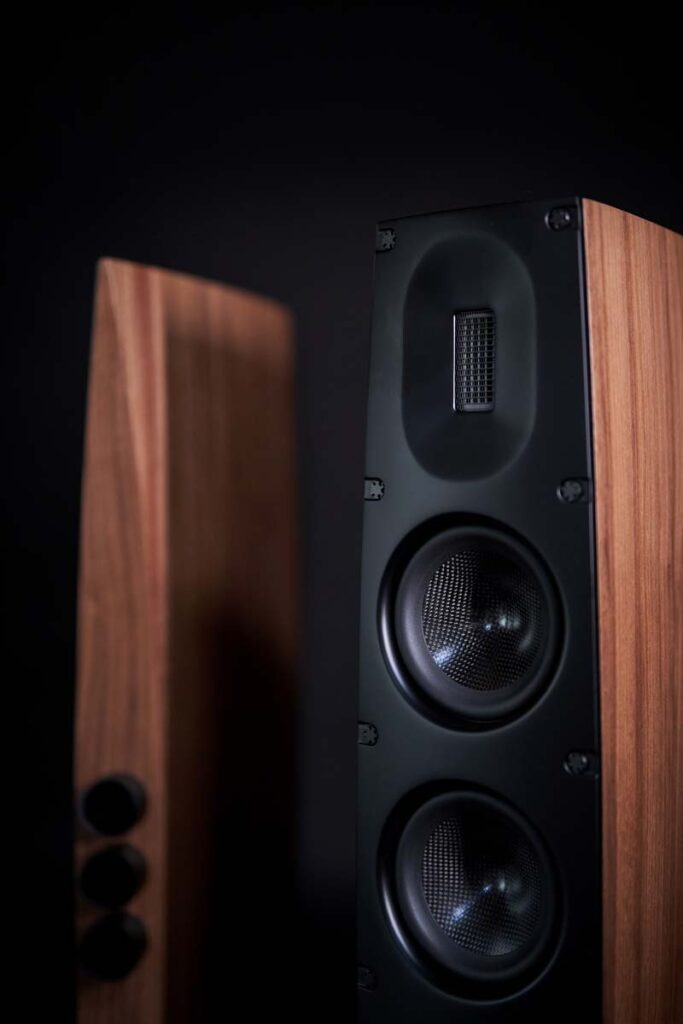
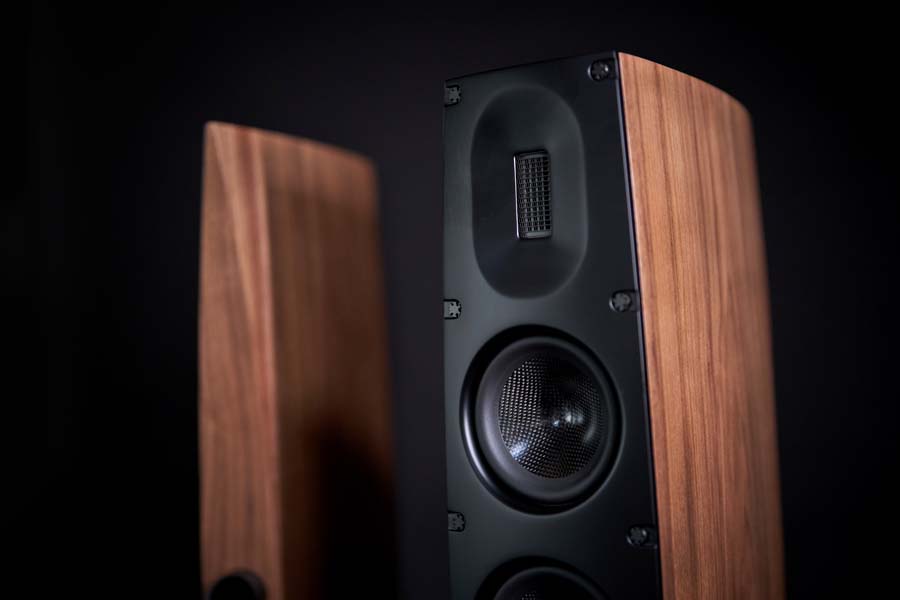
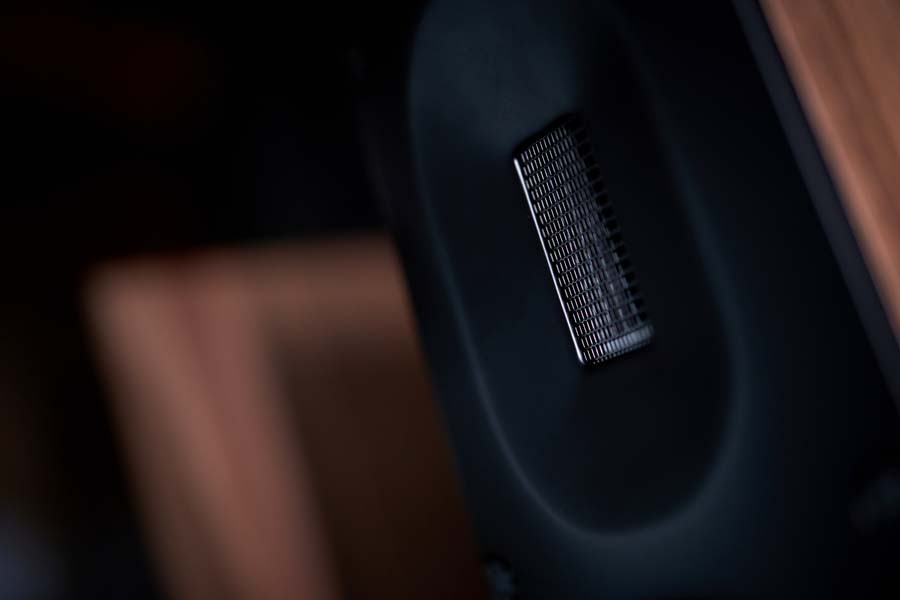
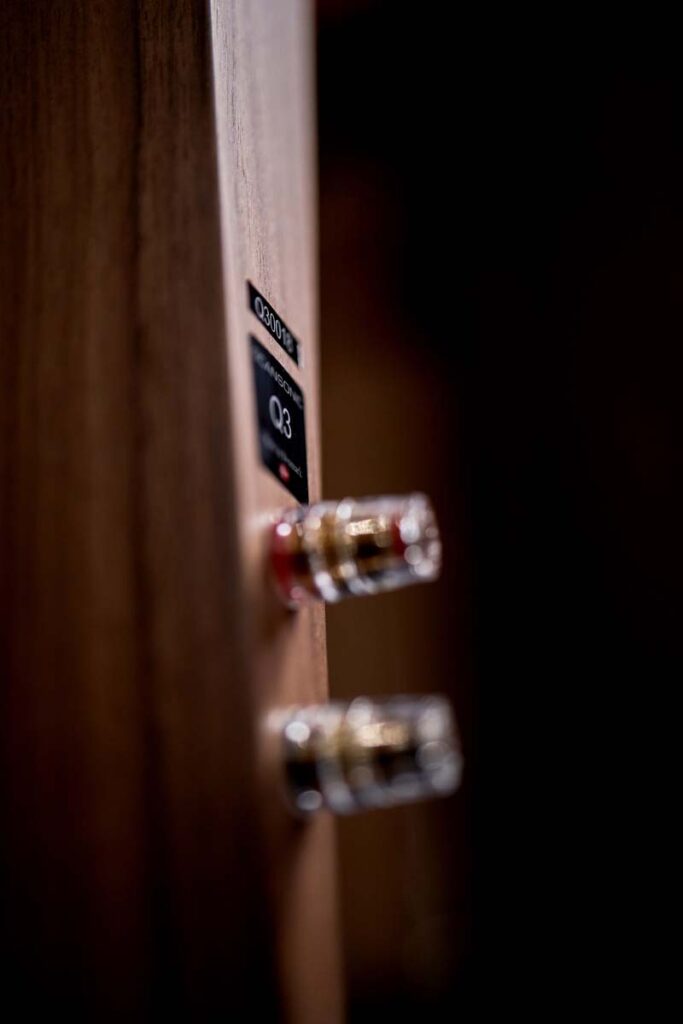
Now that we have got these mostly practical considerations out of the way, let´s dig into the Q3s sound signature, which is (unsurprisingly) a lot like what we know and love from the various Raidho speakers we have encountered so far. In their communication, Scansonic routinely adds ´HD` for ´High Definition´ to its brand name, and they are not kidding, With that magnetostatic high frequency unit – whether it can be described as a true ribbon tweeter as Scansonic does, is up to some discussion – covering the frequency range up from 2.8 kHz through a ´flat slope´ (I would guess first or at most second order) crossover and a pair of carbon cone drivers sporting a high magnetic flux to cone area ratio, resolution is stunning by any (and not just four-figure price range) standards. Two notable things are going on here. Firstly, this impressive level of clarity, precision and detail hasn´t been achieved, or enhanced, by a dry, etched, ´analytic´ tonal balance. If anything, tonally the Scansonics are rather friendly with generous bass and lower midrange that stop short of being overly warm and an ever so slightly recessed presence band, while those high frequency units never, ever get nasty even when provoked with overly thin and bright ´80s pop recordings or thrashy Scandinavian metal productions. Also, the soundstage they throw belies their modest physical size, with realistically sized voices, instruments and sounds rather than ´pictures of matchstick men´ which are often mistaken for ´pinpoint´ stereo imaging. The second thing of note is that the level of detail extends to the outer edges of the soundstage, some way beyond the width and height of the speaker base, where other speaker systems tend to put a spotlight on the centre stage actors and go into soft focus mode to an extent the further you go outside.

With these assets, Propaganda´s 1985 album A Secret Wish, played on an Acoustic Signature Challenger Mk3 deck with the two-motor option and eight Silencers placed in the massive cast alloy platter, a TA-1000 tonearm from the same manufacturer and a Hana Umami Blue cartridge through an Acoustic Solid phono amp, was pure magic – with sweeping (electronic) string arrangements enveloping the listener and diverse percussion elements as well as every nuance of the vocals from Claudia Brücken and Susanne Freytag minutely traced.



The Scansonics were equally adept at reproducing the dark soundscapes of Front 242´s Tyranny For You, making the brooding vocals in the opening track Sacrifice, buried deep within the mix, highly intelligible; I felt they very slightly held back on the pounding, aggressive rhythms compared to larger and more overtly dynamic speaker systems, though, which was the case with sounds the more brutal side of industrial/electronic music – although from this you´d never mistake them for LS 3/5As either, so this is less of a criticism and more a ´putting things in perspective´ thing.





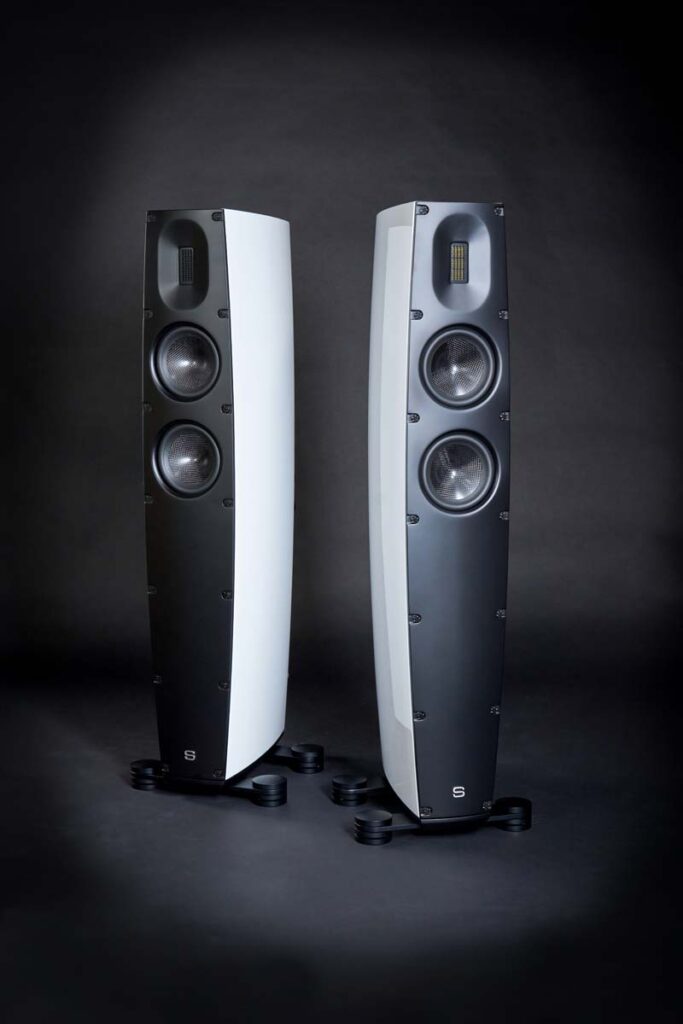
AT A GLANCE
Build Quality and Features:
A striking and relatively complex shape, perfectly executed
Advanced and expensive driver technology clearly trickled down from the much more expensive Raidho range; only a single pair of speaker terminals, but they´re very high-quality ones
Sound Quality:
Sounding bigger than their relatively modest stature suggests, the Q3s excel at resolution, detail and microdynamics while offering a pleasant, rich, easy-going tonal balance at the same time – a rare combination.
They will work well in most real-world conditions, their slight (and benign) compromises only show up in rooms too small or too large, with too little amplifier power, when played too loud and/or with particularly brutal music styles
Value For Money:
The ScansonicQ3s offer more than a chunk of the qualities that made Raidho speakers famous in the upper reaches of the high-end market, in an attractive package that offers suitable bandwidth and dynamics for the vast majority of realistic listening conditions, with no obvious compromises in technology and build quality, for a price well down into four figures – in our view, that is very, very reasonable
We loved:
The size, shape and build quality; their precision, resolution and microdynamics; the full-bodied and easy-going tonal balance; the exceptional quality of the treble range
We Didn´t Love So Much:
The Q3s do like to be placed pretty far into the room, away from rear walls, which does negate the benefit of their compact form factor to an extent. Also, their sensitivity is relatively modest, which restricts the choice of amplifier somewhat in most circumstances.
Elevator Pitch Review: Those who always admired the Raidho range of loudspeakers – and who doesn’t, but can´t justify price tags from the lower five-figure range upwards, or need just a little more in terms of bandwidth and dynamic range than the smallest Raidho standmounts in their ´entry-level´ range (still well into five figures), should check out Scansonic´s Q range PDQ. Never has there more Raidho DNA in Scansonic than with the Q3 (as well as the larger Q8 and Q10) and it shows in its awesome resolution, microdynamics and precision that is somewhat miraculously melded with a big soundstage and pleasant, easy-going tonal balance. If you want to hear everything in the music, but without the feeling that music is surgically being taken apart – and the rest of your system is up to scratch (but not necessarily at the stratospheric level some of the Raidhos would need to give their best), these might be the ones.
Price: 7,000 euro/pair (walnut finish: 8,000 euro)
Eric van Spelde
SUPPLIED SPECIFICATIONS
- Size mm (BxHxD) 170 x 1000 x 395 mm
- Topology 2,5-Way
- Frequency response (-6dB) 52 Hz – 20 kHz
- Impedance 6 Ohm
- Sensitivity 86 dB
- Crossover 285 Hz – 2600 Hz
- Enclosure Bass reflex
- Weight kg 20,5 kg
- Drive units 1 x Ribbon Tweeter
- 1 x 5,25″ Mid/Woofer
- 1 x 5,25″ Woofer
- Recommended amplification Min. 50 watts
- Finish Black High Gloss or Walnut
Merit-Based Reviews and Awards
At HiFi PiG, our reviews and awards are always free. No fees for reviews, no fees for the recognition we give.

























































